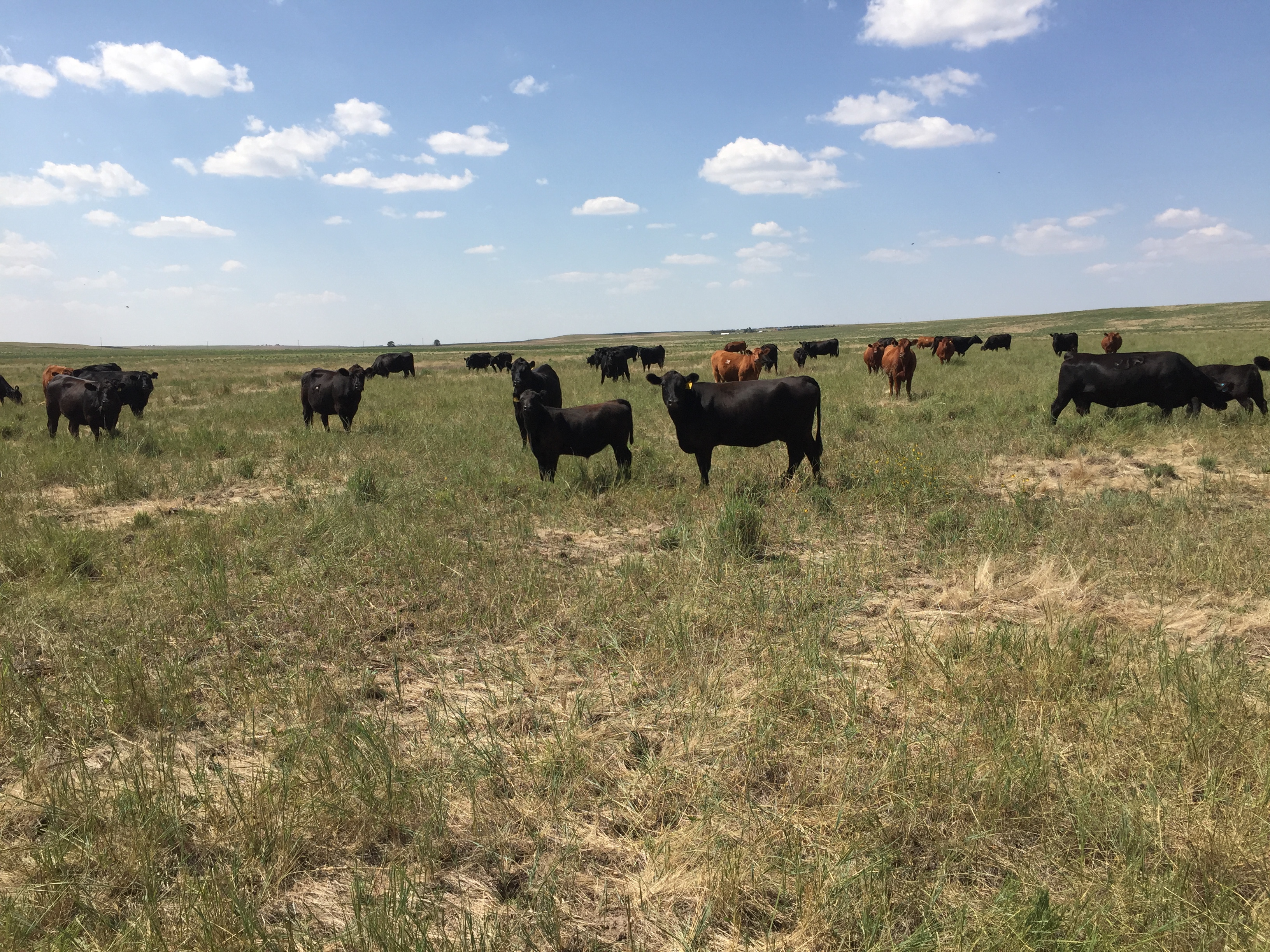Recognizing Animals Risk Security (LRP) Insurance Policy: A Comprehensive Overview
Navigating the world of animals danger security (LRP) insurance can be an intricate venture for many in the agricultural sector. This kind of insurance uses a safeguard against market variations and unpredicted situations that can influence livestock producers. By comprehending the details of LRP insurance, manufacturers can make educated choices that may guard their procedures from economic risks. From just how LRP insurance coverage works to the numerous protection choices readily available, there is much to uncover in this extensive overview that might possibly form the way livestock manufacturers approach risk management in their companies.

How LRP Insurance Policy Functions
Occasionally, comprehending the technicians of Animals Threat Protection (LRP) insurance coverage can be complicated, yet damaging down how it works can supply clarity for farmers and herdsmans. LRP insurance policy is a threat administration device designed to safeguard livestock producers against unforeseen price decreases. It's crucial to keep in mind that LRP insurance is not a revenue assurance; rather, it concentrates entirely on cost danger security.
Eligibility and Coverage Options

When it comes to insurance coverage alternatives, LRP insurance offers manufacturers the adaptability to select the protection degree, protection period, and endorsements that ideal match their danger administration requirements. By recognizing the qualification requirements and insurance coverage options readily available, animals producers can make informed choices to take care of risk successfully.
Pros and Disadvantages of LRP Insurance
When examining Animals Threat Defense (LRP) insurance coverage, it is vital for animals producers to consider the negative aspects and advantages intrinsic in this risk monitoring tool.

Among the primary advantages of LRP insurance is its capability to give security versus a decline in animals costs. This can aid guard producers from economic losses resulting from market variations. Furthermore, LRP insurance coverage uses a degree of versatility, enabling producers to personalize insurance coverage levels and policy periods to match their specific requirements. By locking in an assured cost for their animals, manufacturers can much better manage threat and prepare for the future.
One restriction of LRP insurance coverage is that it does not secure versus all types of dangers, such as condition break outs or natural calamities. It is essential for producers to thoroughly analyze their private threat direct exposure and financial circumstance to determine if LRP insurance policy is the ideal danger monitoring device for their procedure.
Recognizing LRP Insurance Policy Premiums

Tips for Taking Full Advantage Of LRP Advantages
Maximizing the advantages of Animals Risk Defense (LRP) insurance policy requires critical planning and aggressive threat monitoring - Bagley Risk check my site Management. To maximize your LRP insurance coverage, take into consideration the following suggestions:
Routinely Analyze Market Conditions: Stay informed regarding market trends and cost changes in the animals market. By keeping an eye on these elements, you can make informed choices concerning when to buy LRP protection to protect versus potential losses.
Establish Realistic Insurance Coverage Degrees: When picking insurance coverage levels, consider your manufacturing useful link costs, market price of animals, and potential dangers - Bagley Risk Management. Establishing realistic protection degrees guarantees that you are adequately shielded without paying too much for unneeded insurance
Diversify Your Protection: Rather of counting entirely on LRP insurance policy, think about diversifying your threat monitoring strategies. Integrating LRP with various other danger management devices such as futures contracts or choices can provide extensive protection versus market uncertainties.
Evaluation and Adjust Coverage Routinely: As market problems change, regularly review your LRP protection to ensure it aligns with your present danger exposure. Changing insurance coverage degrees and timing of purchases can aid optimize your risk defense approach. By complying with these suggestions, you can make the most of the advantages of LRP insurance coverage and secure your livestock operation against unanticipated risks.
Verdict
To conclude, livestock risk defense (LRP) insurance coverage is a valuable device for farmers to manage the financial dangers connected with their livestock procedures. By comprehending how LRP works, eligibility and coverage options, as well as the benefits and drawbacks of this insurance policy, farmers can make informed choices to secure their resources. By thoroughly considering LRP costs and executing techniques to maximize advantages, farmers can alleviate possible losses and make certain the sustainability of their operations.
Animals producers interested in acquiring Livestock Risk Security (LRP) insurance policy can check out a range of eligibility standards and protection options tailored to their specific animals operations.When it comes to insurance coverage options, LRP insurance policy supplies manufacturers the versatility to choose the coverage degree, insurance coverage period, and endorsements that ideal fit their threat management demands.To grasp the ins and outs of Livestock Risk Protection this (LRP) insurance totally, understanding the variables influencing LRP insurance policy costs is critical. LRP insurance costs are identified by various aspects, including the coverage level picked, the expected price of livestock at the end of the protection duration, the kind of animals being insured, and the size of the coverage duration.Review and Adjust Coverage Consistently: As market conditions change, occasionally evaluate your LRP coverage to ensure it lines up with your existing danger exposure.